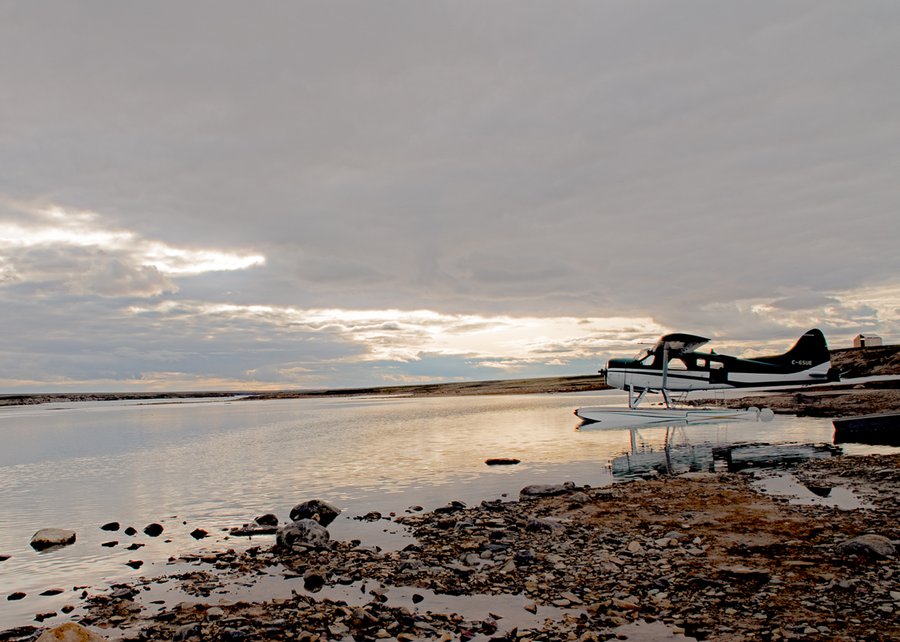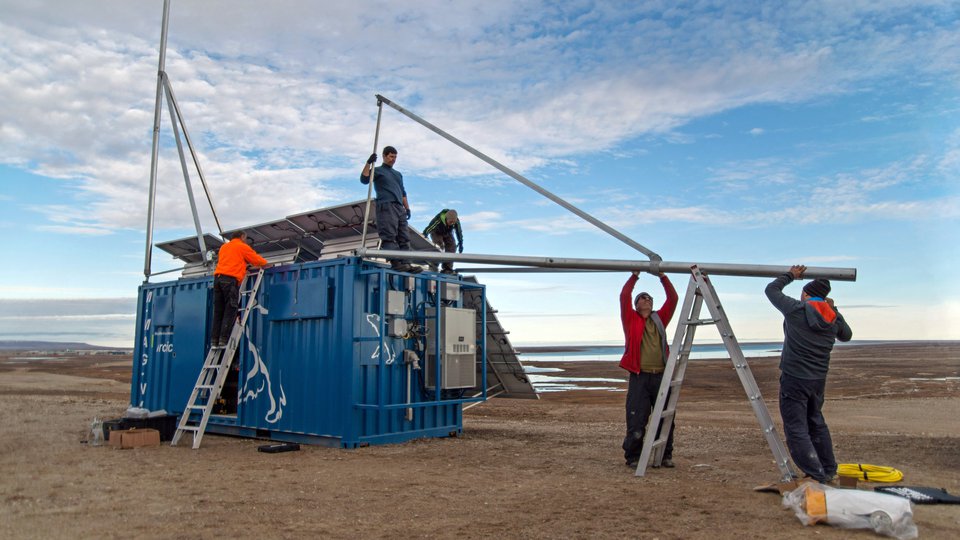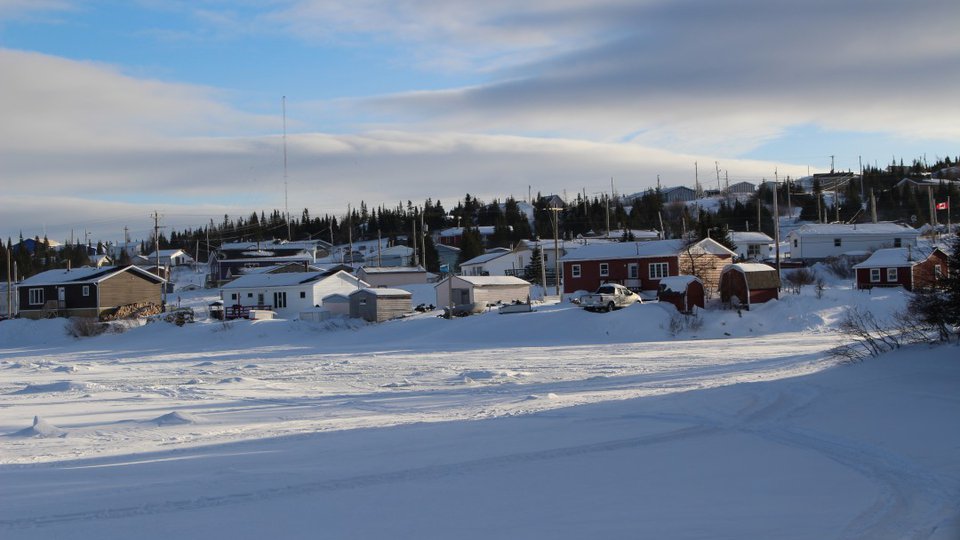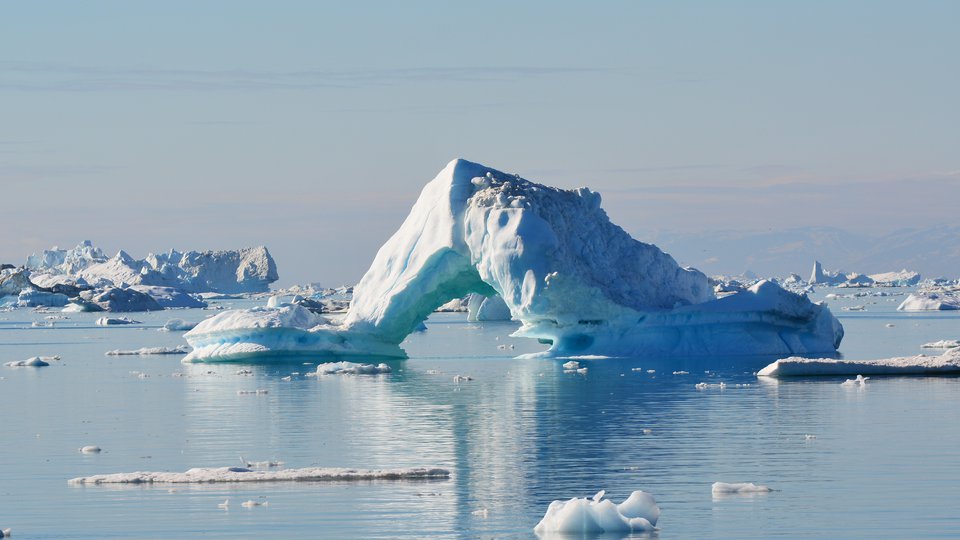
I was once told that after I spend time in the North, I would never want to leave. I certainly underestimated to what extent this statement would be true when I began my PhD. As a kid, I grew up listening to Alaskan tales told by my father, who was a public health officer for the US Public Health Service. He would reminisce about his and my mother’s lives in Bethel, a small Yup’ik village nestled on the Kuskokwim River on the eastern edge of the Yukon Delta. I heard stories about trips to Inupiaq and Athabascan villages in small bush planes where he was greeted by villagers who had become friends. I heard tales of whale hunts and the country food celebrations that followed. He would describe the rich culture and beautiful people he worked with and lived alongside. I was intrigued by it all: the wilderness, the remoteness, and the tradition. These tales of adventure became a common dinner table discussion and ultimately led to my own deep interest in the North.
Now, as a PhD researcher at the University of Toronto, I am fulfilling that dream by working in the North. Over the past year, I have been fortunate to spend time in a few communities in the eastern and central Canadian Arctic. It is in these places that I have experienced the untouched wilderness and rich sense of community that I heard about as a kid. The one thing I didn’t expect to see in the pristine North was anthropogenic litter. In the South, it is common to see cigarette butts along the shoreline and plastic bottles scattered along the road. I was surprised to see trash-lined drainage ditches and cigarette butts scattered along shorelines in Northern communities as well. As an early-career researcher studying the impacts of contaminants (including plastics!) in the Arctic, these observations made one thing abundantly clear: plastic pollution is indeed everywhere.

A float plane near Byron Bay, Nunavut. (Photo submitted by Bonnie Hamilton)
Plastic is ubiquitous in both our lives and our environment, including seemingly pristine ecosystems. We have observed plastics in various environmental compartments in the North, including sediments, surface water, organisms, and even polar sea ice. Particles can vary in color, shape and size, and also differ in their chemical make-up. There are a variety of different plastic types found in the Arctic, and each type can hold a different mixture of additive chemicals. These additives give plastics the characteristics (i.e. durability, flexibility, heat tolerance, etc.) that consumers enjoy; however, additives can leach into the surrounding environment and are often toxic in their own right. Furthermore, plastics have a high affinity for hydrophobic chemicals (i.e. chemicals that do not like water). These chemicals can stick to the surface of plastics and travel with the particles throughout the environment. The impact and fate of plastic pollution and their associated chemicals in the Arctic is still unknown.
Like the transport of other persistent contaminants, plastic pollution can enter the Arctic through long-range atmospheric or oceanic transport and through biological vectors such as migratory seabirds. The introduction of plastics into the northern environment can also come from local sources—whether it be from cruise ships touring the area or a windy day at a local open-pit waste facility. Moreover, the Arctic has been identified as a sink (i.e. a long-term reservoir) for contaminants. Plastic pollution is no different.
The Arctic is a fragile and unique ecosystem that is under threat from a variety of stressors. Perhaps the most well-known danger is accelerated climate change . Multi-year sea ice is declining, winters are becoming shorter, and the warm months are getting longer. These drastic changes in the frozen landscape not only affect the Arctic organisms that rely on it, but they are also impacting the people of the North. These changes threaten their safety on the land, food security, and overall way of life. In addition to the impacts of climate change, the North faces the effects of other anthropogenic stressors such as synthetic chemical contaminants, plastic pollution, increased shipping noise, and others. It is known that plastic pollution is present throughout the Arctic ecosystem and carries with it a complex chemical cocktail. What remains unclear is how these physical and chemical stressors may impact Arctic organisms already under duress from a changing climate.

Hamilton sampling surface water of the Lauchlan River for microplastics. (Photo submitted by Bonnie Hamilton)
With nothing but passion and an interest in understanding the complex threats Arctic ecosystems face, I set off to the central Canadian Arctic to conduct my first northern field season. Over the next few field seasons and in collaboration with the Department of Fisheries and Oceans (DFO) and the Ekaluktutiak Hunters and Trappers Organization (EHTO), we plan to sample char from the same population but in their migratory and overwintering habitats to determine if their exposure to contaminants varies across different habitats. We then plan to deploy passive samplers in the region to determine the presence of legacy contaminants like polychlorinated biphenyls (PCBs) in various char habitats. This field data will then inform laboratory experiments where we will determine the physiological response of Arctic char to increasing temperatures, plastic pollution, and chemical contaminants in combination.
During the summer of 2019, we spent two weeks at Byron Bay in the summer of 2019 camped out on the land under the midnight sun. The Lauchlan River still had electric-blue ice sheets from the previous winter, a family of wolves was always nearby, and dancing sandhill cranes were the evening entertainment on a few occasions. While this work is ongoing, we are hopeful that it is a stepping-stone in understanding the combined adverse impacts of rising temperatures, plastics, and chemical contaminants on Arctic organisms.
The younger version of me sitting at the dinner table listening to tales of the Alaskan tundra would have been shocked to hear that my own Arctic adventure would be waiting for me just around the corner. Little did I know, upon arriving North of 60 for the first-time, how great this love for Northern landscapes would become.
To find out more about Bonnie and her work, please visit her website or drop her an e-mail.





